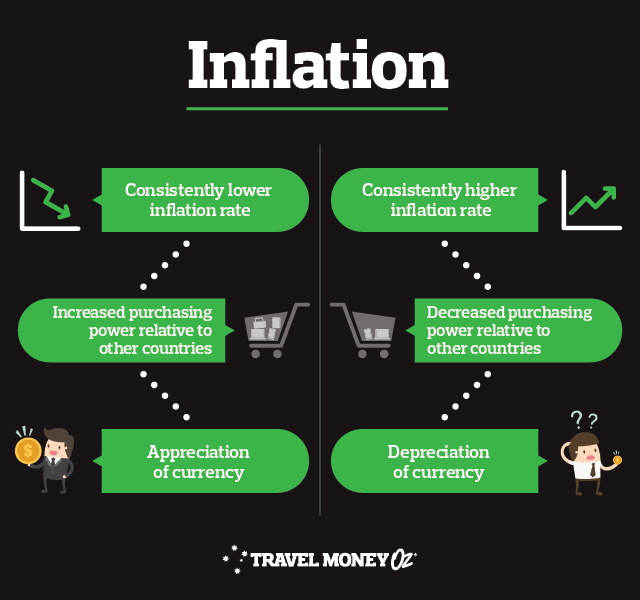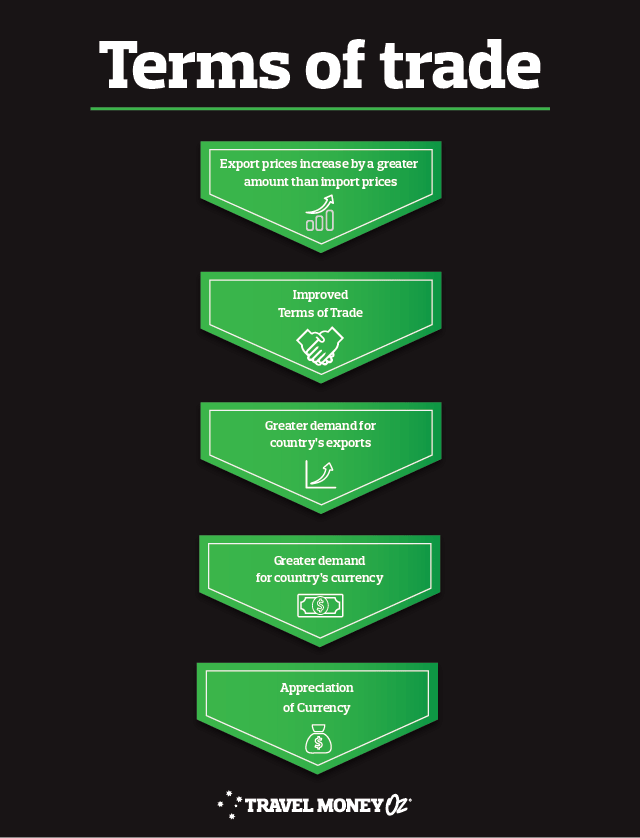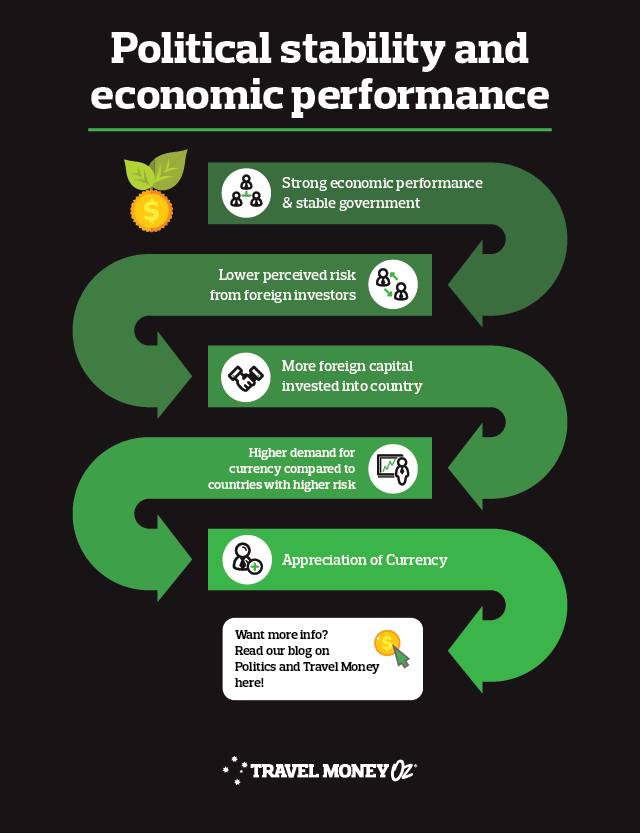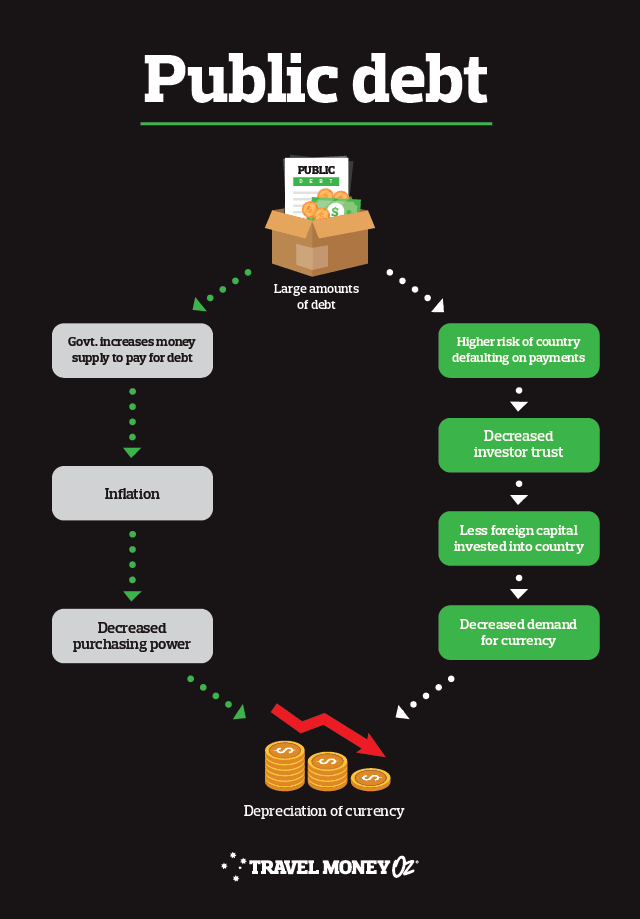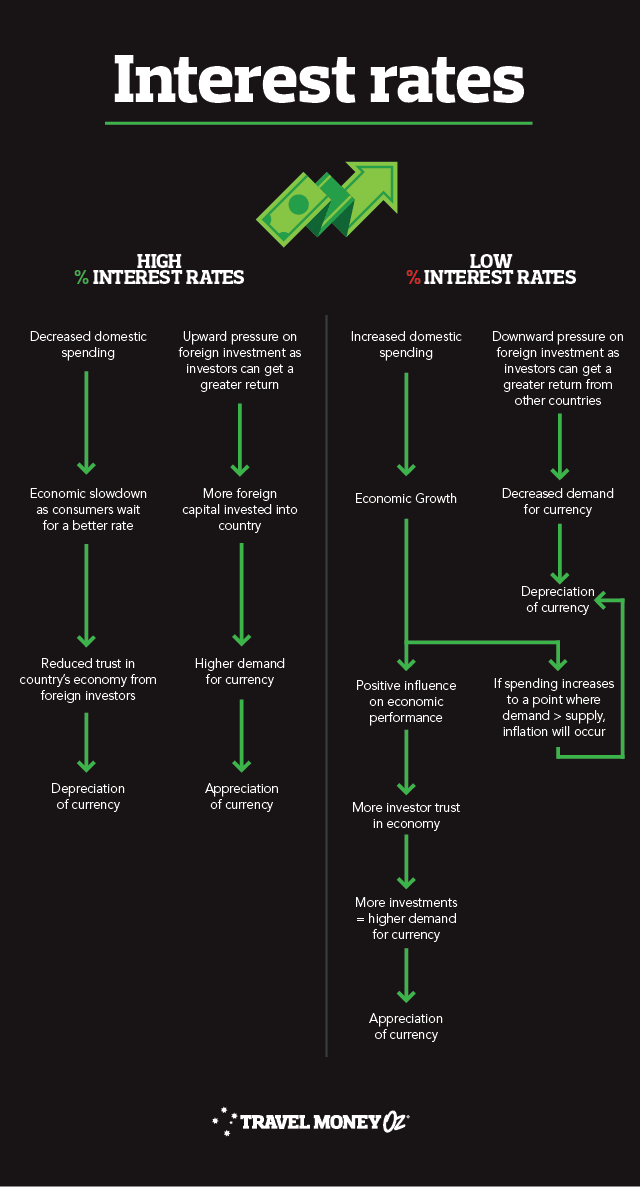The fluctuating nature of the foreign exchange market and global economies means it is almost impossible to forecast the AUD to FJD exchange rate. We say almost because most banks have a crack at it, and generally manage to provide a pretty solid ballpark figure of how exchange rates will move.
How do banks predict foreign currency movements?
Banks and financial institutions look at a broad scope of information sources when undertaking Fiji dollar predictions. There are countless streams of data and methods of analysis, none of which are foolproof enough for economists to rely on solely. With this in mind, we recommend considering a few AUD to FJD forecasts for a well-rounded view on when to say ‘Bula’ to the team at Travel Money Oz and purchase your foreign currency.
In terms of the metrics behind predictions themselves, the most traveller-friendly method is to have an understanding of the relationship between macroeconomic fundamentals and exchange rates. Sounds pretty simple right? Don’t worry; you’ll be fine.
We’ve compiled a crash course in said fundamentals so you can not only increase your trivia knowledge but also be better informed for the purchase of FJD before diving into your Fijian holiday.
Get started with a few key definitions.
Appreciation: when the value of one currency increases relative to another. E.g. If the AUD went from 1.33 to 1.35 FJD it has appreciated. This means more sunset cocktails on the Coral Coast for those playing at home.
Depreciation: surprise surprise, this is when the value of a currency decreases relative to another. E.g. If the AUD went from 1.35 to 1.33 FJD it has depreciated (fewer cocktails and more sadness).
Higher valued currency: cheaper imports (no more abandoning that online shopping cart), more expensive exports and extra spending money in Fiji.
Lower valued currency: more expensive imports, cheaper exports (more people overseas wearing UGG boots) and less cash for your Fijian fantasy holiday.
Inflation: The rate at which the general level of prices for goods and services is rising and, in turn, a currency’s purchasing power is falling. In other words, $10 back in the day used to get you a lot more than it does now - over time, the value of a currency decreases as a result of supply and demand.
Economic growth: The increase in an economy’s capacity to produce goods and services. Growth is generally good, but we don’t want it to be too fast. Good growth is like tanning on the beach and applying sunscreen every hour for a healthy glow. Bad growth is like tanning on the beach, slathering yourself in coconut oil and waking up the next morning red as a lobster. Yikes.
Still with us? Let’s check out some infographics.
If you’re struggling to wrap your head around some of the foreign exchange specific definitions, we’ve written some more in debth commentary around them.
It’s essential to keep in mind that, as mentioned above, AUD to FJD exchange rates are influenced by a multitude of factors. Ultimately, they sum up the supply and demand of a currency in an easy to measure metric.
Actual demand is driven by people’s perception of a currency’s value, and this perception alone is influenced by economics, politics and the media (to name just a few).
You also need to remember that the changes are relative to the other country in which the currency is being compared to. All elements interact and influence each other separately, so they must be considered altogether and aligned with both countries to get a truly holistic view.
The Aussie dollar is strongly impacted by what’s happening with trade partners like China, as well. The recent US-China trade war is a perfect example of this. The fluctuations of the trade war, tweets from certain US Presidents and media perception led to huge ebbs and flows in the value of the Aussie dollar.
So, long story short, you have to look at almost everything to get an idea of what a currency pairing is going to go. Simples.
If you’re still stuck, try and remember it like this:
More trust in economy and currency = more people willing to invest in the country = higher demand for currency = appreciation
Less trust in economy and currency = less foreign capital invested into country = decreased demand for currency = depreciation.
From a travellers perspective, we don’t have a great deal of control over how the AUD will perform against the FJD. However, a little bit of knowledge and pre-planning can leave you with some more spending money in your back pocket.
If you have any more questions, or you’re ready to purchase your Fijian cash, be sure to visit the experts at your local Travel Money Oz. Our Best Price Guarantee* will ensure you are taking off with more.
This blog is provided for information only and does not take into consideration your objectives, financial situation or needs. You should consider whether the information and suggestions contained in any blog entry are appropriate for you, having regard to your own objectives, financial situation and needs. While we take reasonable care in providing the blog, we give no warranties or representations that it is complete or accurate, or is appropriate for you. We are not liable for any loss caused, whether due to negligence or otherwise, arising from use of, or reliance on, the information and/or suggestions contained in this blog. Terms and conditions apply to the Best Price Guarantee. Visit in store or travelmoneyoz.com/best-price-guarantee for more details.

